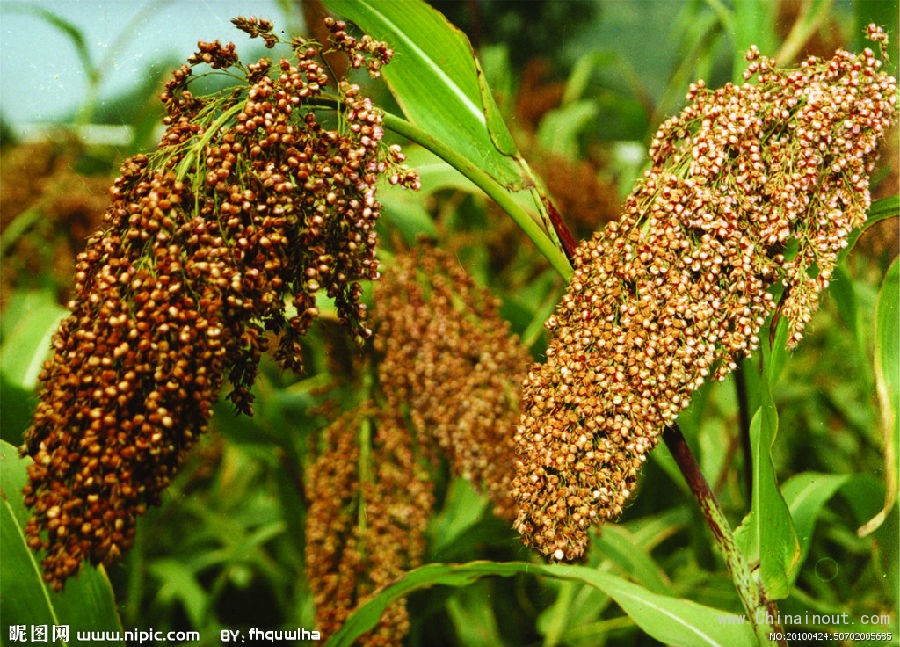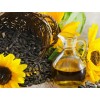阿根廷表示,,中國今年將向其高粱開放市場,,這將給美國農(nóng)民帶來競爭。迄今美國農(nóng)民是中國需求激增的主要受益者,。高粱通常用于釀造蒸餾酒。
中國國內(nèi)玉米價(jià)格高,,這讓畜牧業(yè)養(yǎng)殖者被迫使用高粱作為飼料替代品,,尤其是在中國檢疫機(jī)構(gòu)開始更嚴(yán)格限制某些轉(zhuǎn)基因玉米進(jìn)口之后。
中國為了鼓勵玉米種植而實(shí)施最低限價(jià)政策,,這導(dǎo)致進(jìn)口玉米和高粱具有成本上的優(yōu)勢,。
阿根廷農(nóng)業(yè)部長將在下個月訪華時(shí)簽署雙邊協(xié)議,這將為中國從阿根廷進(jìn)口高粱鋪平道路,。阿根廷農(nóng)業(yè)部長助理加布里埃爾•德爾加多(Gabriel Delgado)上周五在北京表示,,“我們預(yù)計(jì)貿(mào)易將是順利的。”
中國是全球遙遙領(lǐng)先的最大高粱進(jìn)口國,,去年購買了約430萬噸高粱,,遠(yuǎn)高于排名第二的日本(150萬噸)。2009年之前,,中國高粱進(jìn)口量幾乎可以忽略不計(jì),,后來在2012年和2013年則大幅增長。
美國在高粱生產(chǎn)和出口上均排名第一,,今年約出口500萬噸,。阿根廷是全球第五大高粱生產(chǎn)國,但卻是第二大高粱出口國,,出口量約為130萬噸,。澳大利亞是全球第三大高粱出口國。
阿根廷可能已經(jīng)錯過了向中國出口高粱的最佳時(shí)機(jī),。今年夏天,,中國檢疫機(jī)構(gòu)暗示要對進(jìn)口高粱采取更嚴(yán)格的質(zhì)量檢查,,這顯然是想讓華南的畜牧業(yè)養(yǎng)殖者購買本國玉米,緩解不斷增長的庫存壓力,。
中國加大檢查力度,,已促使上海農(nóng)業(yè)咨詢公司匯易(JC Intelligence)將截止9月底的中國全年高粱進(jìn)口量預(yù)測下調(diào)一半。
高粱通常比玉米更容易通過中國的進(jìn)口報(bào)檢流程,,因?yàn)樗皇寝D(zhuǎn)基因作物,。(中國進(jìn)出口網(wǎng))
China will open its markets to Argentine sorghum this year, according to Argentina, creating competition for the US farmers who have been the main beneficiaries so far of a surge in Chinese demand for the grain normally used to make distilled alcohol.

High prices of corn in China have forced animal feed producers to turn to sorghum as a cheaper alternative, especially after Chinese quarantine officials began more strictly enforcing restrictions against imports of certain types of genetically modified corn.
imported corn and sorghum cost less than domestic corn thanks to Beijing’s minimum price policy designed to encourage the planting of corn.
The Argentine minister of agriculture will sign bilateral protocols, paving the way for China to import Argentine sorghum, during his visit to Beijing next month, his deputy Gabriel Delgado said in Beijing on Friday. “We expect trade to be smooth,” Mr Delgado said.
China is by far the world’s largest sorghum importer, buying about 4.3m tonnes last year compared to second-ranked Japan’s 1.5m tonnes. Its imports were negligible until 2009, before soaring in 2012 and 2013.
The US leads the world in sorghum production and exports, shipping about 5m tonnes this year. Argentina is the world’s fifth-largest sorghum producer but the second largest exporter, with exports of about 1.3m tonnes. Australia ranks third.
Argentina may have come late to feast. Already this summer Chinese quarantine officials indicated stricter quality checks on sorghum imports, in an apparent attempt to force feed producers in southern China to purchase domestic corn and ease swelling stocks.
The increased scrutiny has already led one Shanghai-based agricultural consultancy, JC Intelligence, to halve its forecast for sorghum imports for the year to end September.
Sorghum generally has an easier time than corn in clearing Chinese import inspection procedures because it is not genetically modified.











